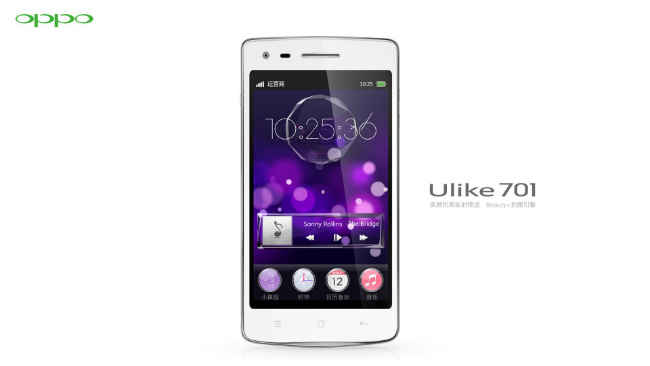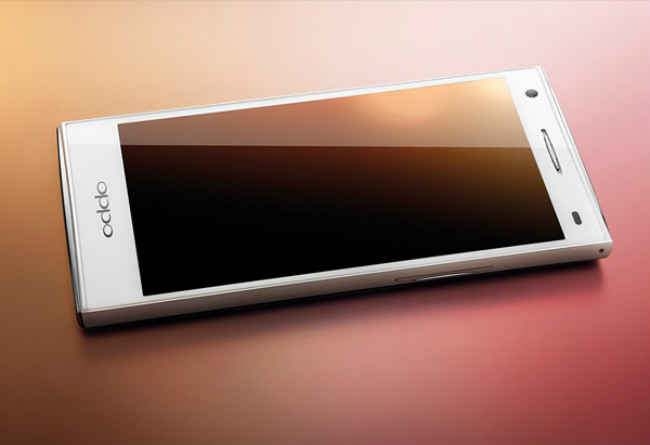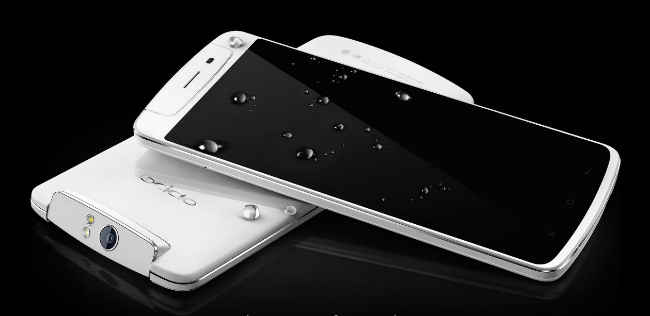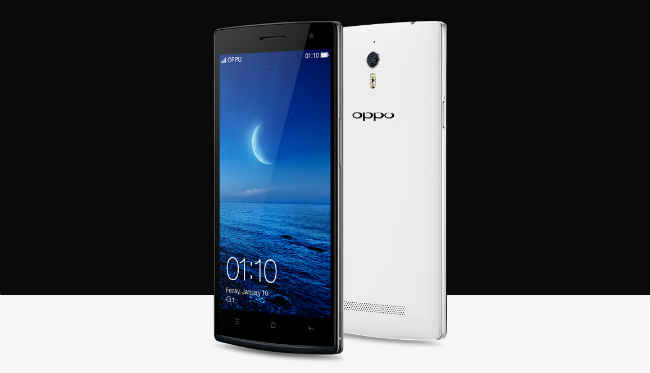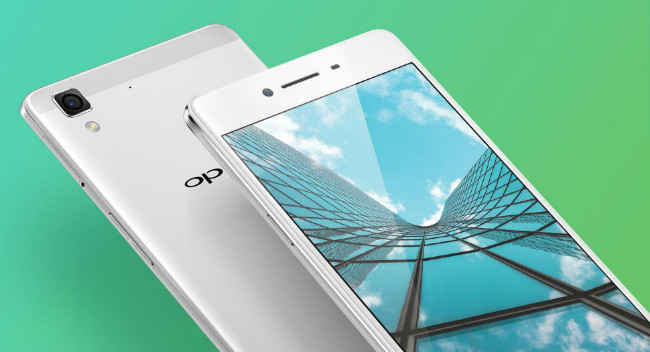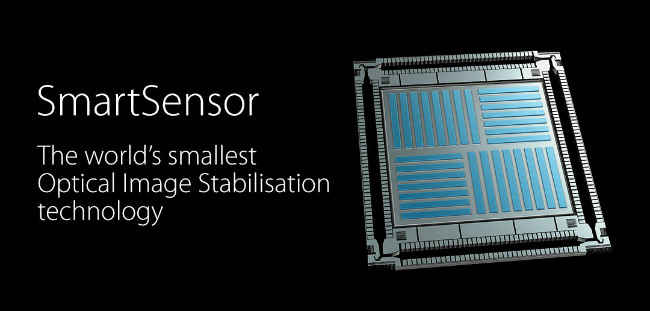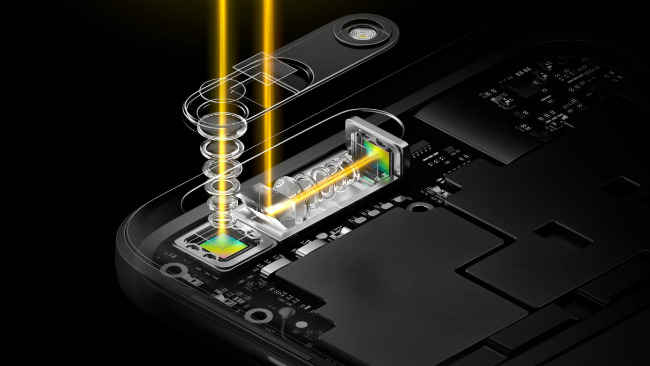OPPO’s journey towards redefining smartphone technology
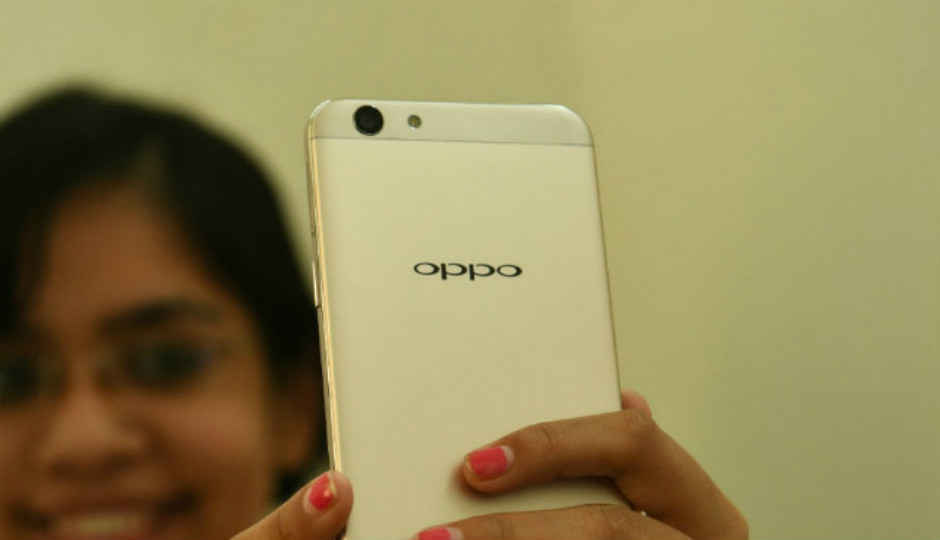
OPPO has been one of the leaders in smartphones camera technology with unique devices like the OPPO N1, OPPO Find 7, and more
In the modern age, smartphones have become more than just communication devices. They have become a means of expressing ourselves. And what better way to express ourselves than by taking a picture and posting it online. We have come a long way from the first phones, which introduced a digital camera as a novelty. Over the years, smartphone camera technology evolved to a point where the camera prowess of a smartphone can influence a buyer’s decision. In fact, technology that was once used on high-end interchangeable lens cameras, has been shrunk down to fit smartphones. We now have larger pixel sizes, optical image stabilisation (OIS), faster autofocus, wider aperture lenses and dual-camera setups.
OPPO has been one of the companies that has been leading the way in smartphones camera technology. Let’s take a short journey through some of OPPO’s revolutionary technologies and devices.
OPPO U701
Back in 2011, OPPO took note of the growth of the selfie phenomenon and launched the U701, the world’s first smartphone with an inbuilt ‘Beautify’ feature. Aimed at removing blemishes and and making the user look they best at any time, the Beautify feature was a hit amongst users for very obvious reasons. The feature was such a success that it prompted other manufacturers to start offering their own version of the feature. The latest version of the feature, Beautify 4.0, brings even better algorithms to ensure that every selfie is shareable.
OPPO ULike 2
OPPO also tacked a problem that pops up when taking group selfies. While taking a selfie with their friends, consumers found it is annoying that all of them had to squeeze in together. With the ULike 2, OPPO added an 80-degree wide angle lens (which the company called the golden angle) that allowed a multiple people to take a selfie, without the need to stand uncomfortably close. Another benefit of the wide angle lens was that users could now get more of the background in their shots.
OPPO N1
In 2013, the camera setup in smartphones in smartphones was pretty straight forward. A powerful primary camera at the back, and a smaller secondary camera for selfies. With the N1, OPPO got rid of this divide by offering a rotatable 13MP camera, which could face the user when taking selfies, or the rear when taking standard shots. This meant that users could take high quality selfies, with the added benefit of a dual-LED flash. OPPO would later introduce an upgraded version of the phone called the N3, which amongst other things, bumped the camera up to 16MP.
OPPO Find 7
When the OPPO Find 7 was launched in 2014, it was grabbing headlines for all the right reasons. The device was quite powerful for its time and was amongst the first smartphones to sport a QHD display. However, even with such impressive specifications, the highlight of the Find 7 was its camera. While other manufacturers were adding huge pixel sensors to their smartphones (and making them big and bulky in the process) OPPO decided to go a different route. The Find 7 came with a 13MP primary camera, and used that to create 50MP photographs. OPPO used the 13MP unit to take 10 shots in quick succession. It then merged the best of those pictures to create a single highly detailed pictures that could be used for print.
OPPO R7
Taking selfies at night was another challenge the OPPO decided to take on. Instead adding an LED flash to the front of the phone, The OPPO R7 turned the whole screen into a flash. The benefit of this technology over an LED flash was that the screen flash lights up the subject more evenly. This means that low-light selfies taken by the smartphone look much better than those taken by a single-LED flash.
SmartSensor Optical Image Stabilisation
Highly detailed images were one thing, but what about low-light imaging? In 2016, OPPO unveiled its SmartSensor OIS technology. While there already were imaging stabilisation systems used on smartphone cameras, OPPO’s solution was the first to implement it at a sensor level instead of just the lens. Further, the SmartSensor technology was also the first system to offer stabilisation across all three axis, and not just two. In addition to being the world’s smallest OIS technology, SmartSensor also offered precise stabilisation and low power consumption.
OPPO F-series
Selfies have become an international phenomenon. In fact, the word ‘Selfie’ was declared the World of the Year by Oxford Dictionary in 2013. To help people take even better selfies, OPPO launched its F series of selfie-centric smartphones. After launching the F1, with its 5-inch display and 8MP front facing camera, OPPO unveiled a larger variant called the F1 Plus. This version offered a larger 5.5-inch display and an even better 16MP front facing camera. However, OPPO then improved the F series even further with the launch of the F1s. The new variant offered a similar sized display, and front camera as the F1 Plus. But came with a faster processor, more RAM, and increased storage space.
OPPO 5x dual camera zoom technology
At the recently concluded Mobile World Congress 2017, OPPO introduced its latest innovation, the 5x Dual Camera Zoom. This technology brings 5x optical zoom to smartphones. However, instead of having a system that protrudes from the back of the cameras, OPPO took inspiration from periscopes. In its system, OPPO laid the entire setup on its side inside the phone’s body, with the sensor pointing at the side of the phone. It then uses a prism to defract the light into the sensor. This setup means that future phones would be able to offer 5x optical zoom, but still have a slim profile.
As one can see from the above examples, OPPO has always been one of the pioneers in smartphone camera technology and the latest 5x Dual Camera Zoom system is an indication of more to come from the smartphone manufacturer. However, before introducing the technology in a smartphone, OPPO has another major camera phone it plans to launch. Wait till March 23 to see what OPPO has in store for photography lovers.
[Sponsored Post]

